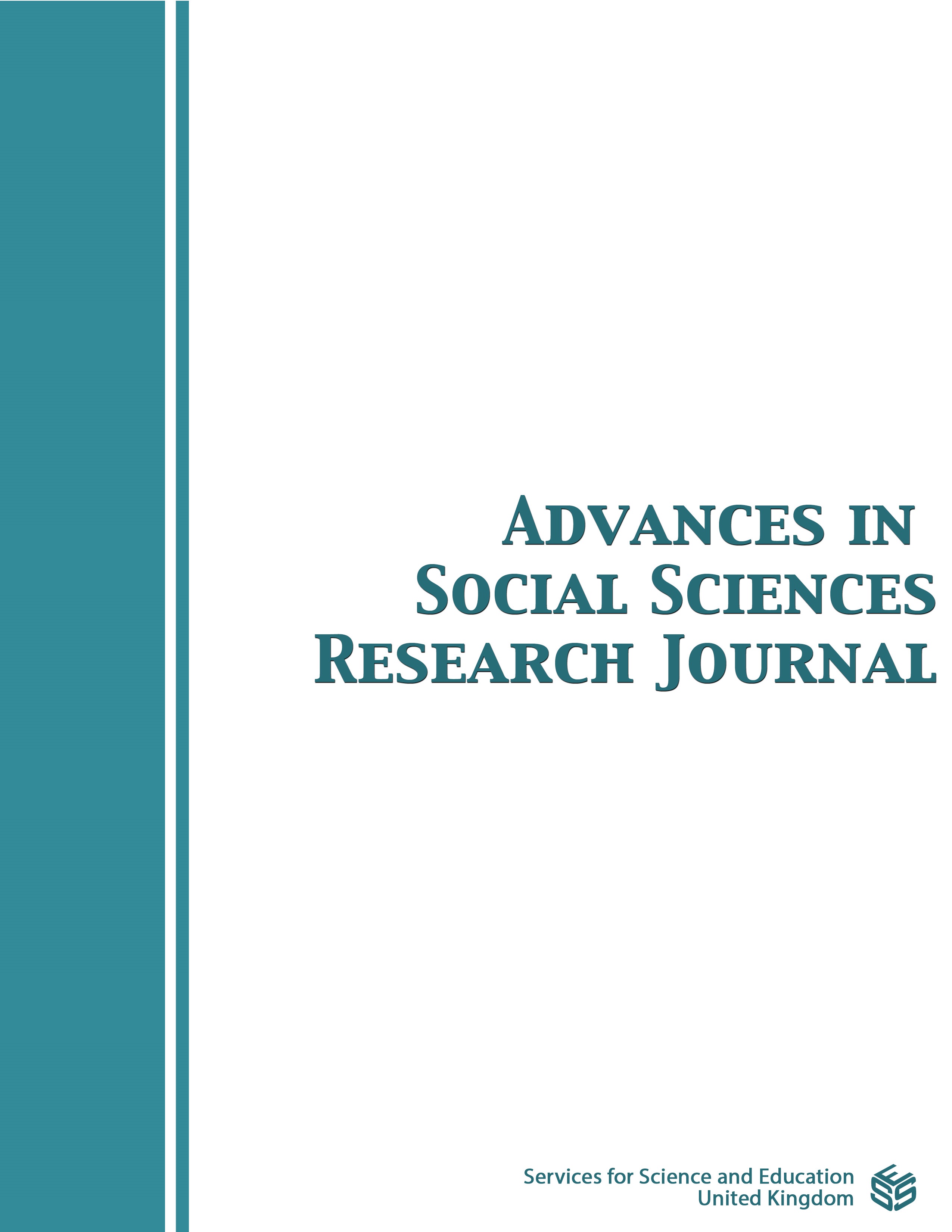The Influence of Interpersonal Communication on Relational Commitment in Young Married Couples in Indonesia
DOI:
https://doi.org/10.14738/assrj.119.17410Keywords:
interpersonal communication, relational commitment, young, couples, marriageAbstract
This study explores the impact of interpersonal communication on relational commitment among young married couples in Indonesia, employing Structural Equation Modeling (SEM) to analyze the relationships between key variables. Specifically, the research investigates how openness, empathy, support, and positive attitudes influence several critical relational outcomes, namely acquiescence, cooperation, functional conflict, and decision-making uncertainty. The study's findings reveal significant connections between the communication variables and various aspects of relational commitment. Openness and empathy emerged as particularly influential, suggesting that these dimensions of communication play crucial roles in fostering relational stability and satisfaction. Openness, characterized by transparent and honest interactions, was found to enhance acquiescence, cooperation, and reduce decision-making uncertainty and functional conflict. Similarly, empathy, involving the ability to understand and share the feelings of one’s partner, significantly impacted acquiescence and cooperation, though its effect on other relational outcomes was less pronounced. In contrast, support and positive attitudes showed varying degrees of influence across different relational aspects, highlighting their specific but nuanced roles in shaping marital dynamics. These results underscore the importance of tailored communication strategies in strengthening marital relationships. The study provides valuable insights for both researchers and practitioners focused on improving marital satisfaction among young couples. By emphasizing the role of effective communication, the research contributes to the development of interventions aimed at enhancing relational commitment and overall marital stability.
Downloads
Published
How to Cite
Issue
Section
License
Copyright (c) 2024 Lydia Irene Siahaan, Roro Retno Wulan

This work is licensed under a Creative Commons Attribution 4.0 International License.
Authors wishing to include figures, tables, or text passages that have already been published elsewhere are required to obtain permission from the copyright owner(s) for both the print and online format and to include evidence that such permission has been granted when submitting their papers. Any material received without such evidence will be assumed to originate from the authors.






